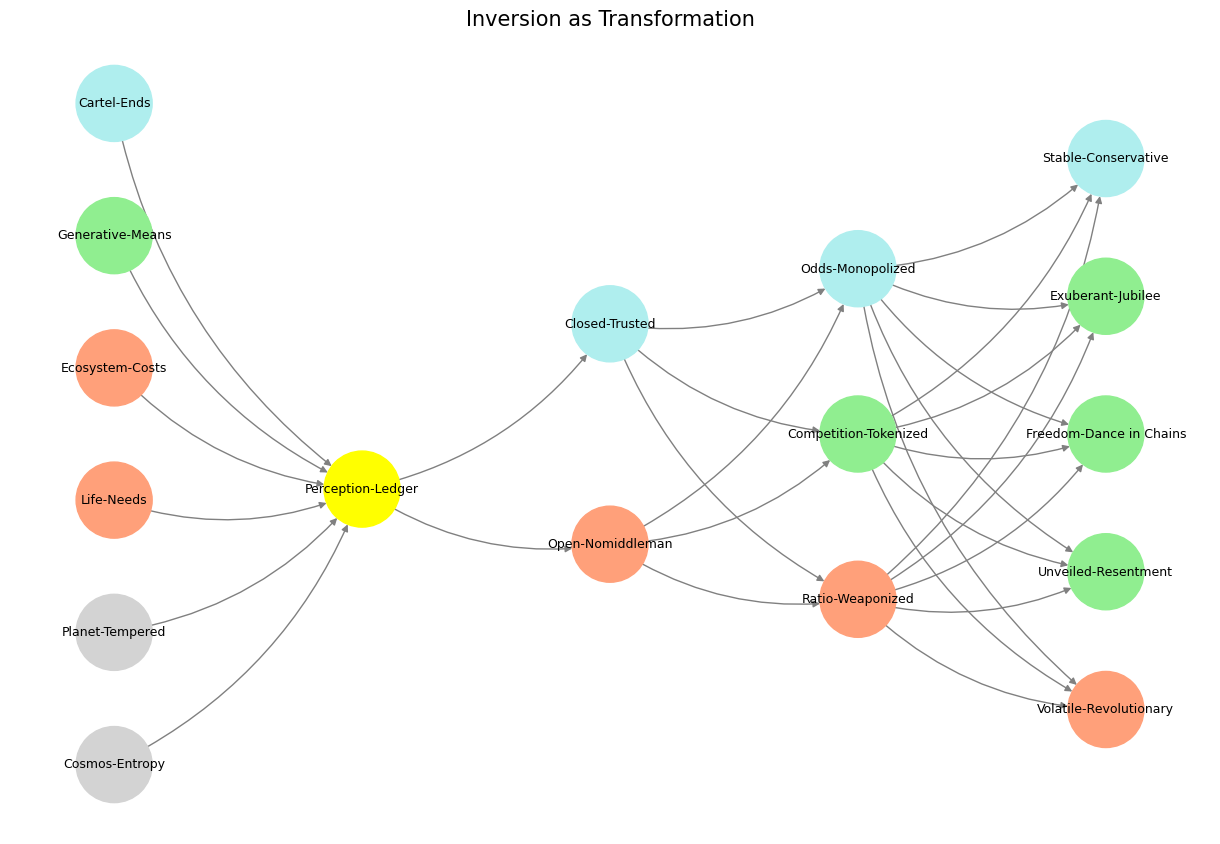Failure#
Lawrence of Arabia is fascinating to evaluate in the context of British cinema, particularly when framed against the Victorian age. Released in 1962, the film lands far from the heart of Victorian sensibilities, both temporally and aesthetically. By then, the British Empire was crumbling, and the narrative focus had shifted from Victorian triumphalism to post-colonial ambiguity and existential questioning. Yet, there are resonances of Victorian cadence in the way the film handles its protagonist, themes, and moral undertones, though these are deeply refracted through mid-20th-century skepticism.
Victorian cadence, as I interpret it, refers to a certain grandeur of moral clarity, purpose, and resolution—the sense of a firm, didactic closure. Lawrence of Arabia subverts this in its conclusion, where there is no triumphant cadence. Instead, the film presents Lawrence as an ambivalent figure, caught between myth and man, his efforts in Arabia dissolving into futility and disillusionment. The Victorian ideal of the noble imperialist, bringing “civilization” to foreign lands, is deconstructed in Lawrence’s personal struggles and the messy politics that thwart his ambitions. It’s as if the film takes the moral sweep of Victorian epics but turns it into a dirge of fragmentation and alienation.
Fig. 24 The Next Time Your Horse is Behaving Well, Sell it. The numbers in private equity don’t add up because its very much like a betting in a horse race. Too many entrants and exits for anyone to have a reliable dataset with which to estimate odds for any horse-jokey vs. the others for quinella, trifecta, superfecta. The eternal recurrence of the same, as Nietzsche framed it, unfolds a cosmos devoid of beginning or end, an architecture where every output node circles back as input to an identical iteration, endlessly. In such a framework, the demand for moral purpose dissolves into absurdity. The cosmos, infinite in time and space, operates beyond binaries of good and evil, refusing to submit its vastness to human conceits of narrative closure. Yet Goethe’s defiance of moral demands, while celebrating the autonomy of the artist, rings hollow when confronted with the persistent itch for a conclusion, as Anthony Capella’s narrator discovers. To demand purpose from art, perhaps, is not to ruin it, but to humanize it, to tether infinite loops of meaning to a finite self yearning for understanding. In rejecting moral purpose, we may resist simplifying complexity, but we also risk severing art from its audience—an audience that, like Capella’s Victorian memoirist, craves resolution, even if only to satisfy itself. And so, while Nietzsche’s cosmos tumbles through its eternal recurrence, it must tolerate those who insist on finding lessons, a phenomenon less a contradiction than an inevitable consequence of human architecture mirroring the infinite. What have we learned? Perhaps only that the output of one iteration can be both conclusion and renewal, endlessly oscillating between the finite and the infinite.#
Aesthetically, the film has echoes of Victorian romanticism, especially in its awe-struck portrayal of the Arabian desert. The sweeping landscapes and the mythic framing of Lawrence evoke the grandeur of a Ruskin or a Tennyson, with the desert serving as a sublime, almost transcendental force. But unlike Victorian narratives, which often see the natural world as a stage for divine or moral order, the desert in Lawrence of Arabia is indifferent, highlighting Lawrence’s insignificance and the hollowness of imperial ambition.
In its cadence, therefore, the film both honors and abandons the Victorian tradition. The grandeur of the visuals and the orchestral score by Maurice Jarre suggest the operatic sweep of Victorian storytelling, but the structure and conclusion undermine the resolution and moral clarity typical of the Victorian age. The film is deeply modern, and its cadence leans into ambiguity, psychological complexity, and the fragmented identity of both Lawrence and the imperial project he embodies.
So, while Lawrence of Arabia borrows from the Victorian aesthetic tradition—its romanticism, its sense of grandeur—it ultimately replaces Victorian cadence with something more fractured and unresolved. It’s a requiem for the imperial ethos, reflecting how far Britain, and the world, had moved from Victorian certainties by the mid-20th century.
Show code cell source
import numpy as np
import matplotlib.pyplot as plt
import networkx as nx
# Define the neural network fractal
def define_layers():
return {
'World': ['Cosmos-Entropy', 'Planet-Tempered', 'Life-Needs', 'Ecosystem-Costs', 'Generative-Means', 'Cartel-Ends', ], # Polytheism, Olympus, Kingdom
'Perception': ['Perception-Ledger'], # God, Judgement Day, Key
'Agency': ['Open-Nomiddleman', 'Closed-Trusted'], # Evil & Good
'Generative': ['Ratio-Weaponized', 'Competition-Tokenized', 'Odds-Monopolized'], # Dynamics, Compromises
'Physical': ['Volatile-Revolutionary', 'Unveiled-Resentment', 'Freedom-Dance in Chains', 'Exuberant-Jubilee', 'Stable-Conservative'] # Values
}
# Assign colors to nodes
def assign_colors():
color_map = {
'yellow': ['Perception-Ledger'],
'paleturquoise': ['Cartel-Ends', 'Closed-Trusted', 'Odds-Monopolized', 'Stable-Conservative'],
'lightgreen': ['Generative-Means', 'Competition-Tokenized', 'Exuberant-Jubilee', 'Freedom-Dance in Chains', 'Unveiled-Resentment'],
'lightsalmon': [
'Life-Needs', 'Ecosystem-Costs', 'Open-Nomiddleman', # Ecosystem = Red Queen = Prometheus = Sacrifice
'Ratio-Weaponized', 'Volatile-Revolutionary'
],
}
return {node: color for color, nodes in color_map.items() for node in nodes}
# Calculate positions for nodes
def calculate_positions(layer, x_offset):
y_positions = np.linspace(-len(layer) / 2, len(layer) / 2, len(layer))
return [(x_offset, y) for y in y_positions]
# Create and visualize the neural network graph
def visualize_nn():
layers = define_layers()
colors = assign_colors()
G = nx.DiGraph()
pos = {}
node_colors = []
# Add nodes and assign positions
for i, (layer_name, nodes) in enumerate(layers.items()):
positions = calculate_positions(nodes, x_offset=i * 2)
for node, position in zip(nodes, positions):
G.add_node(node, layer=layer_name)
pos[node] = position
node_colors.append(colors.get(node, 'lightgray')) # Default color fallback
# Add edges (automated for consecutive layers)
layer_names = list(layers.keys())
for i in range(len(layer_names) - 1):
source_layer, target_layer = layer_names[i], layer_names[i + 1]
for source in layers[source_layer]:
for target in layers[target_layer]:
G.add_edge(source, target)
# Draw the graph
plt.figure(figsize=(12, 8))
nx.draw(
G, pos, with_labels=True, node_color=node_colors, edge_color='gray',
node_size=3000, font_size=9, connectionstyle="arc3,rad=0.2"
)
plt.title("Inversion as Transformation", fontsize=15)
plt.show()
# Run the visualization
visualize_nn()


Fig. 25 Vet Advised When to Sell Horse. Right after an outstanding performance. Because you want to control how its perceived, the narrative backstory, and how its future performance might be imputed. Otherwise, reality manifests with point and interval estimates. This is the subject matter of the opening dialogue in Miller’s Crossing.#

